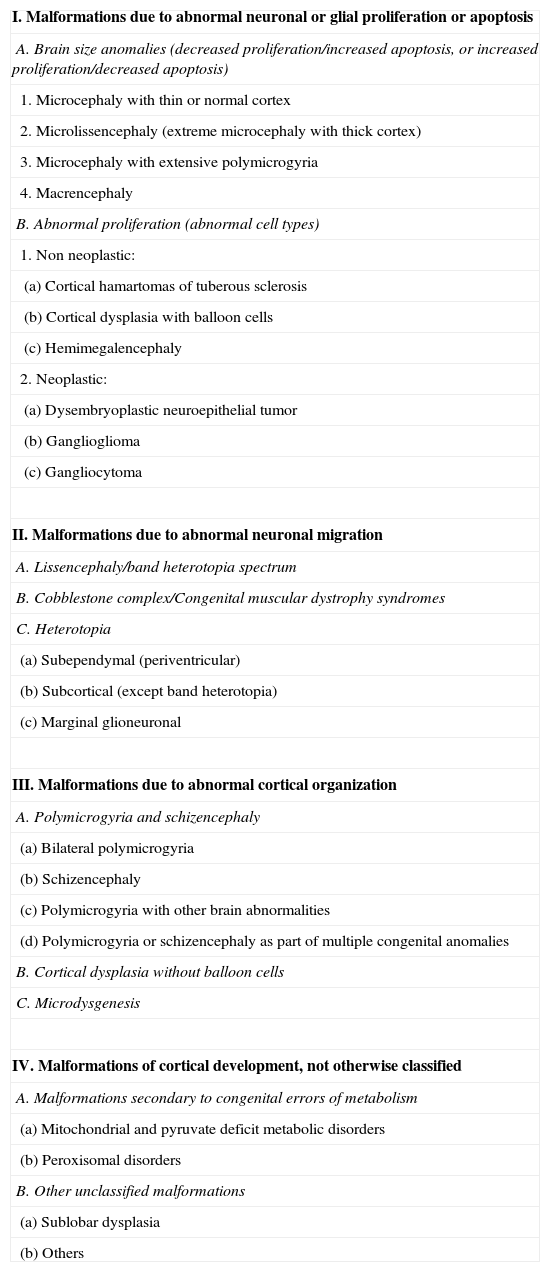Magnetic resonance imaging is the main structural imaging in epilepsy. In patients with focal seizures, detection (and characterization) of a structural lesion consistent with electroclinical data allows therapeutic decisions without having to resort to other more expensive or invasive diagnostic procedures. The identification of some lesions may provide prognostic value, as in the case of Mesial Temporal Sclerosis (MTS) or may contribute to genetic counseling, as in the case of some Malformations of Cortical Development (MCD).
The aim of this paper is to review the current state of structural MRI techniques, propose a basic protocol of epilepsy and mention the indications for structural MRI and also, review the semiology of the main causes of epilepsy, with emphasis on MTS and MCD, by its highest frequency and by the special impact that MRI has shown in dealing with these entities.
La resonancia magnética (RM) estructural es la principal técnica de imagen en la epilepsia. En pacientes con crisis focales, detectar (y tipificar) una lesión estructural congruente con los datos electroclínicos permite tomar decisiones terapéuticas sin necesidad de acudir a otros medios diagnósticos más costosos o invasivos. La identificación de algunas lesiones aporta valor pronóstico, como en el caso de la esclerosis temporal medial (ETM), o puede ayudar al consejo genético, como en el caso de algunas alteraciones del desarrollo cortical (ADC).
El objetivo de este trabajo es revisar el estado actual de las técnicas de RM estructural y proponer un protocolo básico de epilepsia, así como mencionar las indicaciones para realizar una RM estructural. También se revisará la semiología de las principales lesiones que causan epilepsia, como la ETM y las ADC, por su mayor frecuencia y por el especial impacto que la RM estructural ha demostrado en su diagnóstico y tratamiento.



















